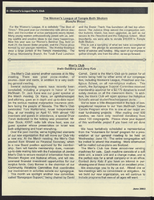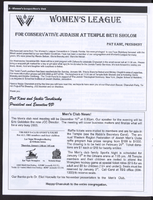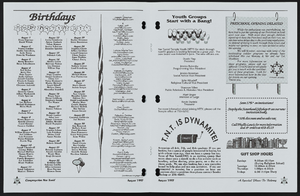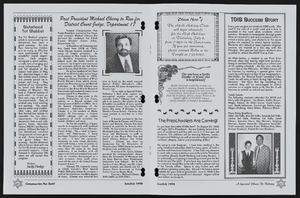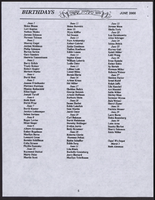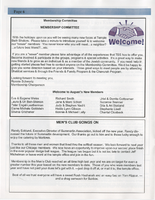Search the Special Collections and Archives Portal
Search Results
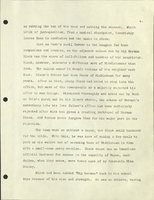
Correspondence and synopsis for Good Ole Hank, television series proposal, June 1955
Date
1955-06-22
Archival Collection
Description
The manuscript synopsis for the television series Good Ole Hank is accompanied by a letter from Harry Cohn of Columbia Pictures (Hollywood, Calif.), rejecting the proposal.
Text

Preprint, Where I Stand: The Record of a Reckless Man, by Hank Greenspun with Alex Pelle, 1966
Date
1966
Archival Collection
Description
Book proof with annotations from editors in the margins.
Text
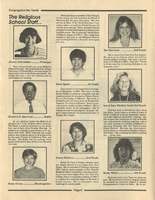
Newsletter from Congregation Ner Tamid, October 1991
Date
1991-10
Archival Collection
Description
Newsletter from Congregation Ner Tamid, October 1991
Text
Pagination
Refine my results
Content Type
Creator or Contributor
Subject
Archival Collection
Digital Project
Resource Type
Year
Material Type
Place
Language
Records Classification

